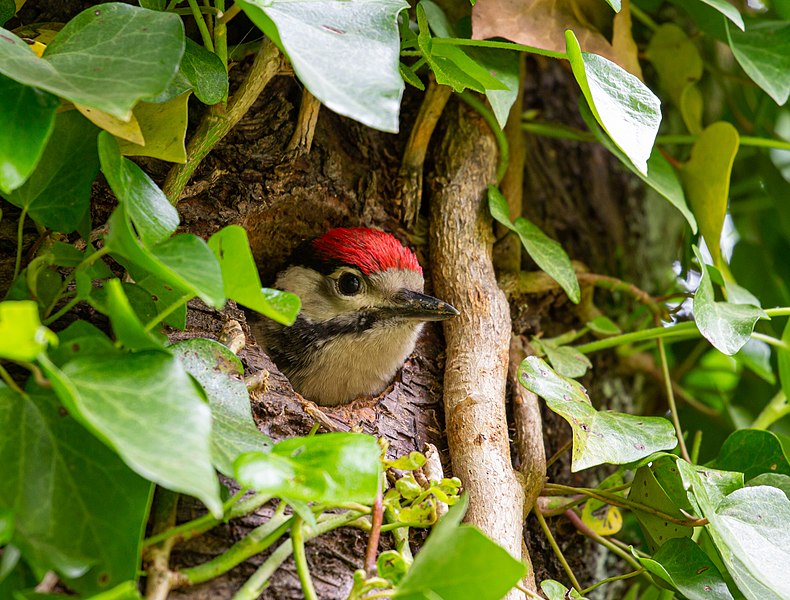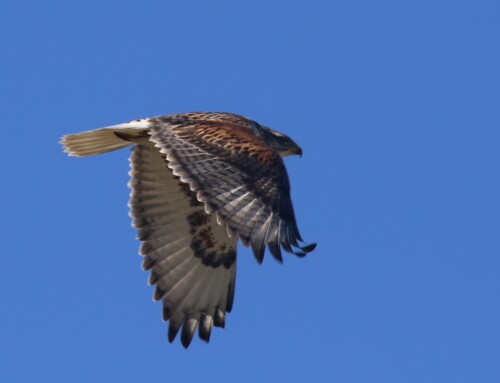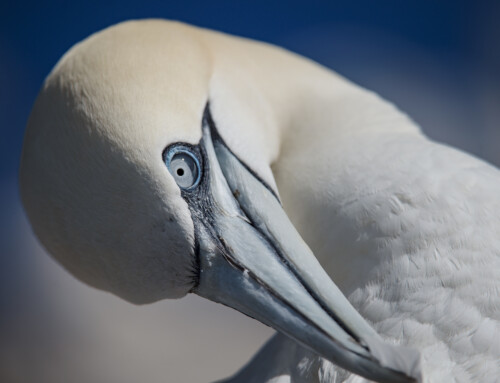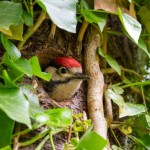 LINKED PAPER
LINKED PAPER
The first case of a successful brood from a double hybrid mixed pair Dendrocopos syriacus x D. major (Picidae). Kajtoch Ł., Kusal B. 2022 Ibis. doi: 10.1111/ibi.13096 VIEW
Hybridization is a relatively frequent phenomenon in birds. However, evidence that already mixed individuals could produce viable progeny is missing. Hybrids are known among numerous taxa of woodpeckers, particularly those belonging to the genus Dendrocopos (pied woodpeckers). The most frequent examples are those concerning two closely related taxa: Great-spotted Dendrocopos major and Syrian D. syriacus (Winkler 1971, Gorman 1997.). The first one is the most common woodpecker in woodlands of the Palearctic realm, whereas the latter breed originally in the Middle East, and next spread into SE and central Europe, where it is synanthropic species. Recent studies have shown that hybrids can constitute up to 7% (field data) or even 20% (genetic data) of individuals in wild urban populations (Michalczuk et al. 2014, Figarski & Kajtoch 2018b; Gurgul et al. 2019). It was known that hybrids could form pairs with either Syrian or great-spotted woodpeckers, but so far there was no evidence of double mixed pairs breeding. Moreover, missing was information if the progeny of hybrids is fertile or not.
Unexpected finding
During monitoring of the urban population of Syrian Woodpeckers in Krakow city (southern Poland), a pair of double hybrid mixed pair was found in 2021. The breed was successful as four out of five offsprings left a cavity, so this confirms that hybrids are fertile. Birds have mixed phenotypes (plumage), with female being more Syrian-resembling, and male great-spotted-resembling. Additionally, feathers left by adults and their offsprings were used for molecular identification. All birds had mixed genotypes.
A year later, a second double hybrid mixed pair and more hybrid birds in surrounding territories were found in this area suggesting a further acceleration of hybridization. This phenomenon will be examined in a newly designed international action for monitoring of hybridization in Syrian Woodpecker populations.
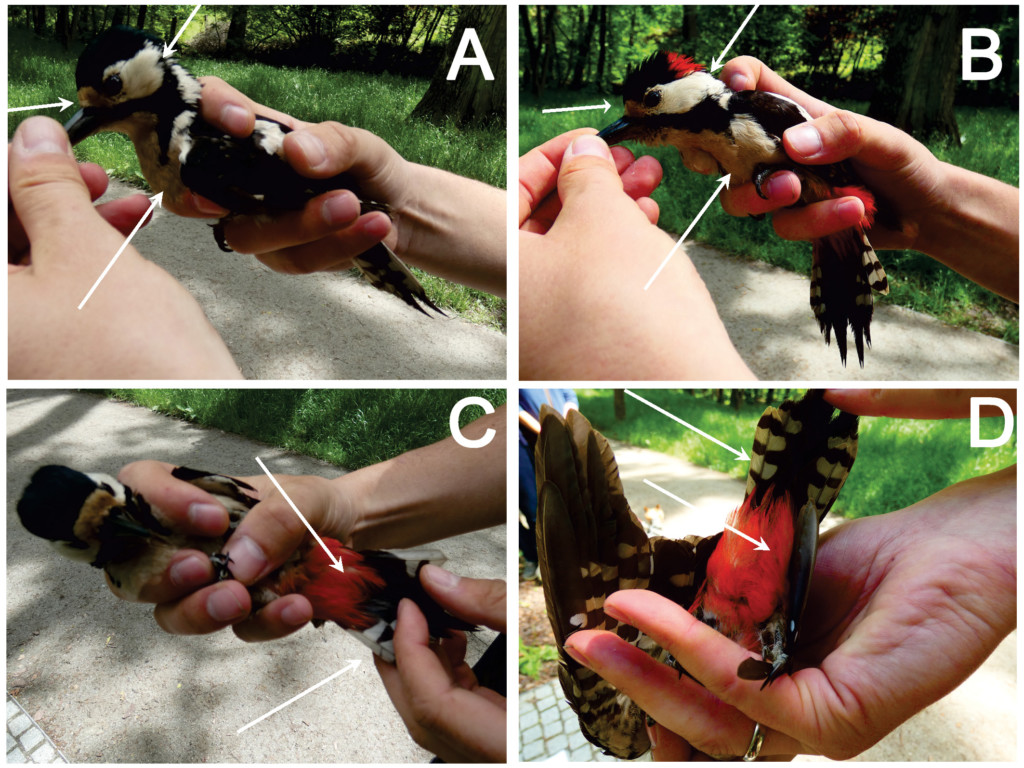
Figure 1 Photographs of captured adult hybrids (female – A, C, and male – B, D). Diagnostic traits of plumage indicating hybrid status of these birds are marked with arrows.
Consequences of hybridization?
It is presently unclear whether the recent decline of Syrian Woodpecker on the verge range causes or is caused by intensive hybridisation. This species is rare in Europe and protected under the EU’s Bird Directive, meaning that if a substantial part of its population is influenced by hybridization and probably gene introgression, the protection of Syrian Woodpeckers could be challenging or even impossible in some areas. The question remains as to how such hybrid individuals should be best treated from the conservation point of view.
References
Figarski, T., Kajtoch, Ł. 2018. Hybrids and mixed pairs of Syrian and great-spotted woodpeckers in urban populations. Journal of Ornithology 159: 311-314. VIEW
Gorman, G. 1997. Hybridisation by Syrian Woodpeckers. British Birds 90: 578. VIEW
Gurgul, A., Miksza-Cybulska, A., Szmatoła, T., Jasielczuk, I., Semik-Gurgul, E., Bugno- Poniewierska, M., Figarski, T., Kajtoch, Ł. 2019. Evaluation of genotyping by sequencing for population genetics of sibling and hybridizing birds: an example using Syrian and Great Spotted Woodpeckers. Journal of Ornithology 160: 287–294. VIEW
Michalczuk J, McDevitt AD, Mazgajski TD, Figarski T, Ilieva M, Bujoczek M, Malczyk P, Kajtoch Ł. 2014. Tests of multiple molecular markers for the identification of Great Spotted and Syrian Woodpeckers and their hybrids. Journal of Ornithology 155: 591–600. VIEW
Winkler H. 1971. Die artliche Isolation des Blutspechts. Picoides (Dendrocopos) syriacus. Egretta 14:1–20. VIEW
Image credit
Top right: Dendrocopos major | Yerpo, CC BY-SA 4.0 via Wikimedia Commons
If you want to write about your research in #theBOUblog, then please see here.


